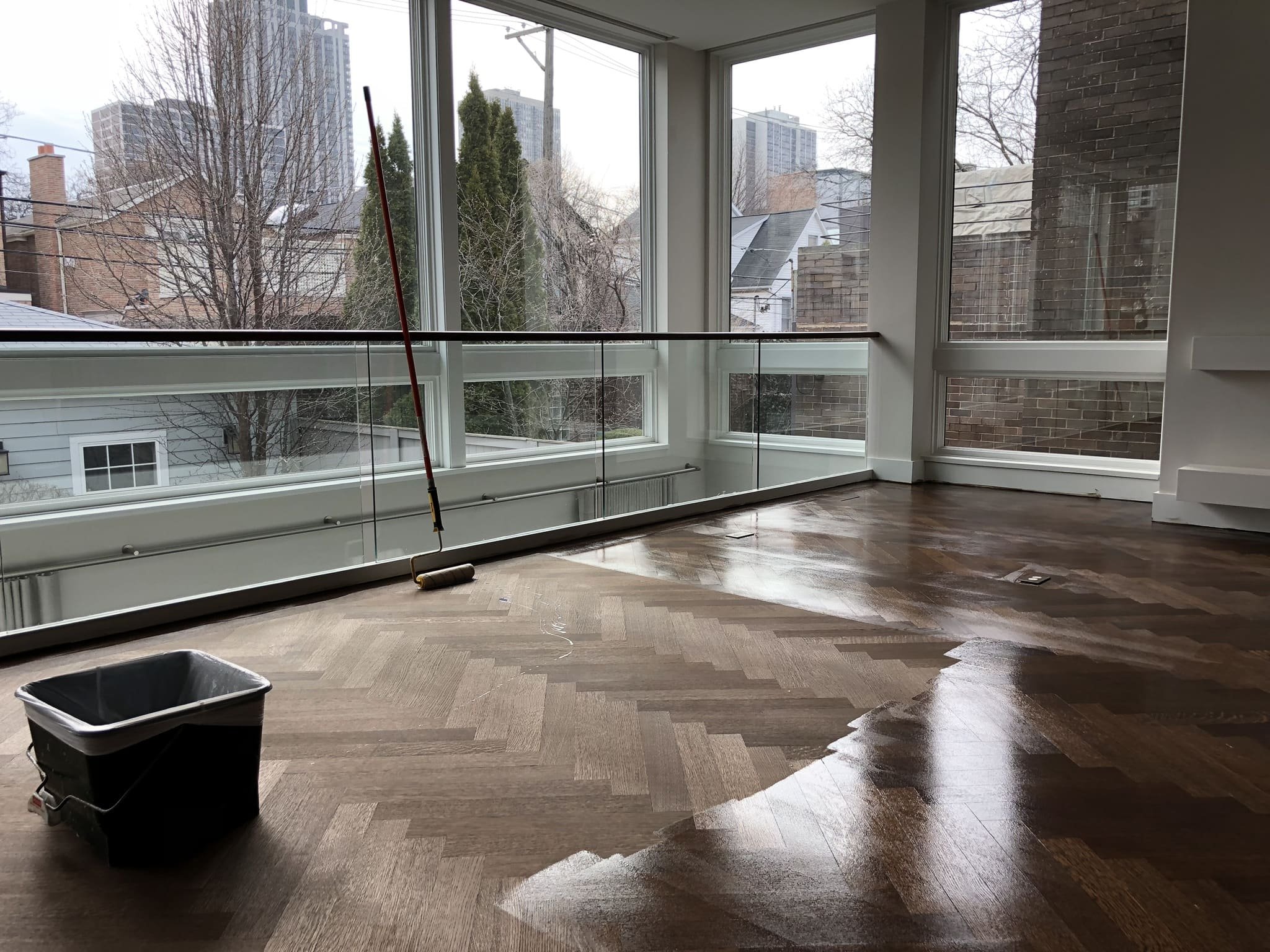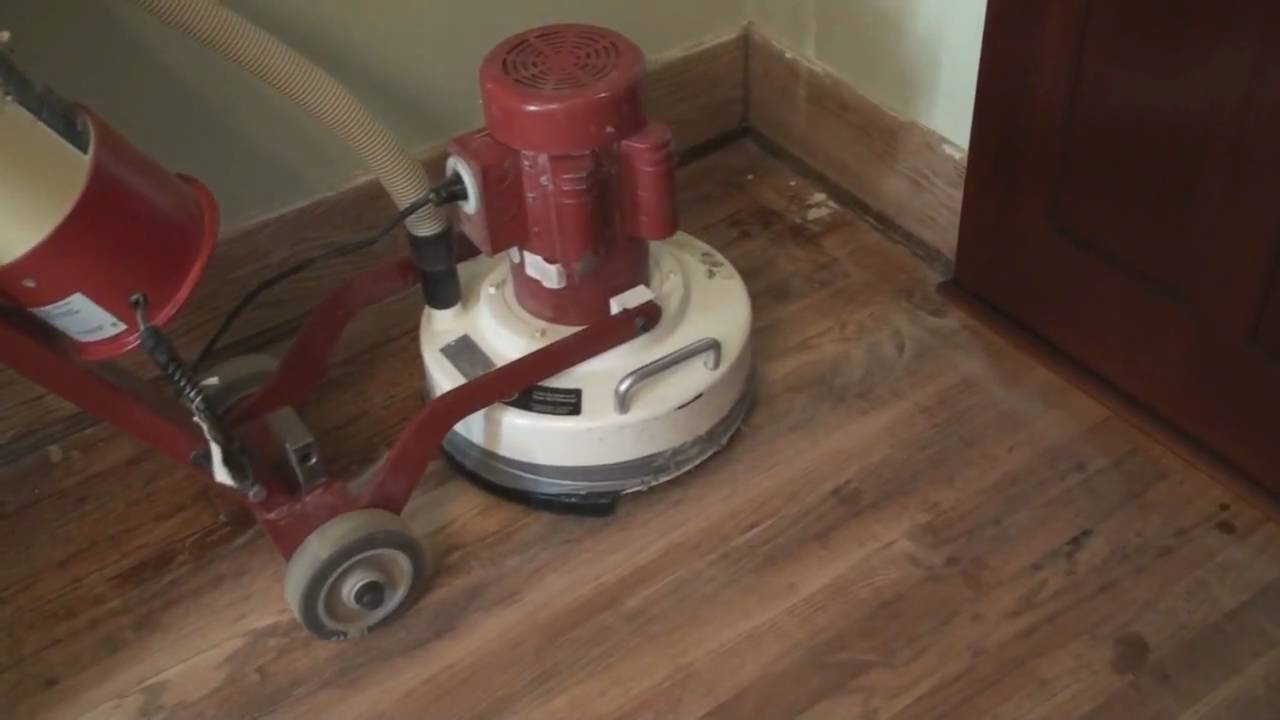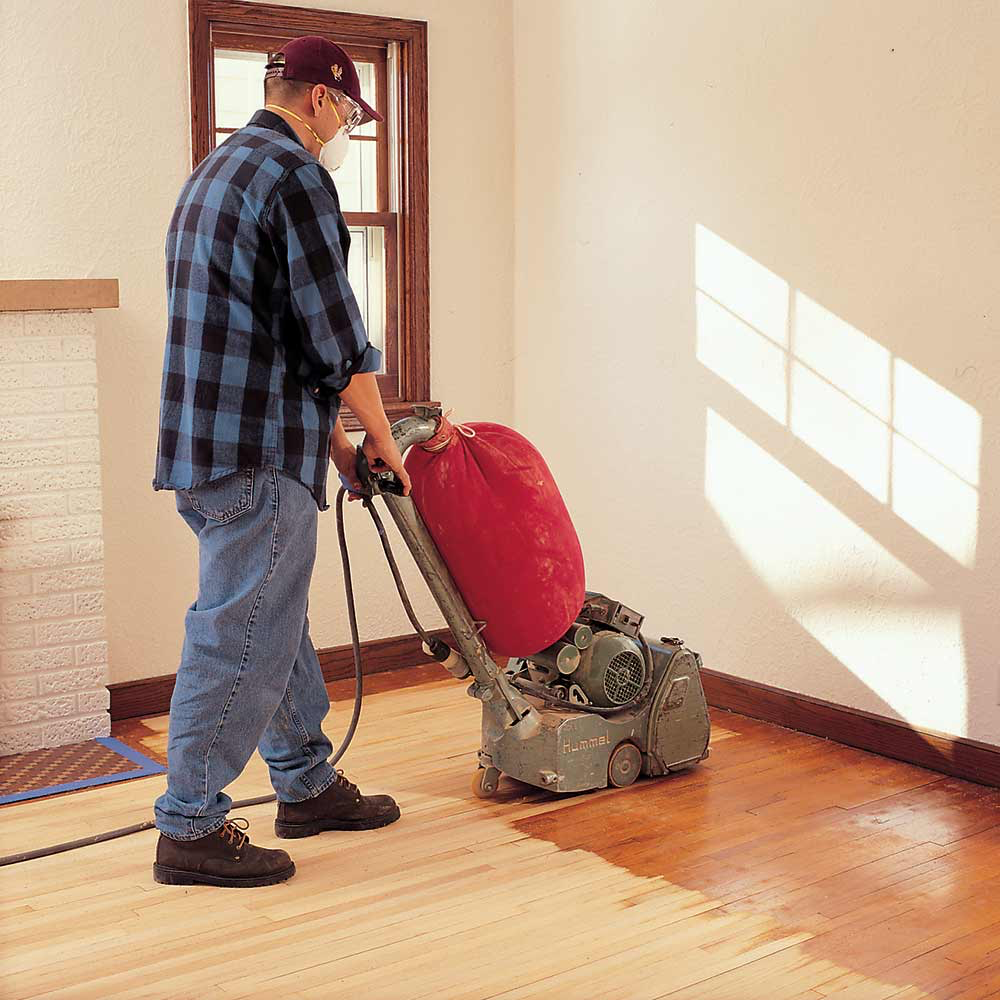
CHICAGO HARDWOOD FLOORING BLOG
Tips and tricks for all your hardwood flooring needs by a local flooring company in Chicago.
Water-Based Finish vs Oil-Based Finish: A Comparison
Floor finishes come in two major varieties: water-based and oil-based. Most of our customers choose to go with an oil-based floor finish, but it’s something everyone should consider before they begin their next hardwood flooring project. Read on to learn about some of the differences between the two finish types so you can make an informed choice when the time comes to refinish your floors.
Floor finishes come in two major varieties: water-based and oil-based. Most of our customers choose to go with an oil-based floor finish, but it’s something everyone should consider before they begin their next hardwood flooring project. Read on to learn about some of the differences between the two finish types so you can make an informed choice when the time comes to refinish your floors.
Oil-based floor finishes are by far the most popular choice with our customers, and the reason for this is fairly self-explanatory. Oil-based finishes are much cheaper than their water-based alternatives. It’s simply easier to produce oil-based finishes in large quantities, and oil-based finishes have been the more popular choice traditionally.
The oil-based finish gives a floor a warm amber hue which a lot of people love. When a customer tells us that they want their floors to “glow”, we immediately recommend the oil-based finish. It ultimately comes down to personal preference: oil-based finishes leave a warm glow while water-based ones tend to be produce a light and even look. Keep in mind that the water-based finish can add up to be considerably more expensive than the oil-based finish.
"The colors are very reserved, but nonetheless beautiful."
Whenever a customer chooses a water-based finish, we ask them to provide a reason for their choice. People choose water-based finishes primarily for aesthetic reasons. A water-based finish gives wood a "light" feeling that some people adore, so they’re willing to pay a little bit extra to have a floor that’s unique. The colors are very reserved, but nonetheless beautiful. For some, the aesthetics of a water-based floor finish are worth the price. Occasionally, the “green” qualities of a water-based finish are enough to sway a customer that values the environmental impact their hardwood floor project will have.
"A water Based Finish is going to hold up to wear and tear much better than an oil based finish will"
A water based finish is going to hold up to wear and tear much better than an oil based finish will. Each finish requires a slightly different application technique. An oil-based finish can have a very strong smell that will eventually completely fade, while a water-based finish will have less of a smell to it during the initial application.
Water-based finishes dry quicker but require more coats while oil-based finishes require less coats but take considerably longer to dry. Different brands of finish vary in terms of drying time so it’s not responsible to give precise times here, but the general rule applies. As always, don’t hesitate to consult us if you have any questions about anything you've learned.
What Does Dustless Mean, Anyway?
A good hardwood floor installation company will focus on the details that others choose to ignore. An attention to detail is something that every customer gets with Plus Hardwood Flooring. Our refinishing and installation processes are designed to reduce the amount of sawdust that makes its way into the air that our clients breathe. We’d like to go into why it’s important to choose a hardwood flooring company that uses a “dustless” system.
A good hardwood flooring company will focus on the details that others choose to ignore. An attention to detail is something that every customer gets with Plus Hardwood Flooring. Our refinishing and installation processes are designed to reduce the amount of sawdust that makes its way into the air that our clients breathe. We’d like to go into why it’s important to choose a hardwood flooring company that uses a “dustless” system.
"...dust is inevitable, which makes the term “dustless” a bit of a misnomer."
Sanding wood creates sawdust; lots of sawdust. It can create enough to seriously affect the breathing of anyone within the vicinity of the sanding site. A good hardwood flooring company will ensure that a vacuum is hooked up to all of the sanding machines while the work is being done. It’s important to note that no matter how many precautions are taken, dust is inevitable, which makes the term “dustless” a bit of a misnomer. However, it’s still very easy to tell when no vacuum was used as the air will be very difficult to breathe without coughing.
There are various reasons that a company will decide to cut this corner, but it seems that the biggest is that it can save time. It can be quicker to just begin sanding without setting up sometimes cumbersome vacuum cleaners with hoses running every which way. The downsides far outweigh the benefits for us. Not having the vacuum is a health and safety issse for anyone stuck in a dust-filled room for too long.
When you’re deciding between different hardwood flooring companies, we highly recommend you choose to go with someone that is dustless. Make sure to hold them to it as well! Many companies advertise as dustless and then decide to cut that corner when they get to the job site. Plus Hardwood Flooring provides dustless refinishing services and they’re just a phone call or email away.
What Grit Should My Sandpaper Be?
Our customers tend to have similar reactions to certain things we show them. It has to do with a lot of common misconceptions floating across the internet when people are looking for tips pertaining to hardwood floor refinishing. It is essential to know what sandpaper grit to start with when you begin to sand your floors. Read further to see what grit is best for your next project.
Our customers tend to have similar reactions to certain things we show them. It has to do with a lot of common misconceptions floating across the internet when people are looking for tips pertaining to hardwood floor refinishing. It is essential to know what sandpaper grit to start with when you begin to sand your floors. Read further to see what grit is best for your next project.
"Every situation is different, and understanding what grit of a sandpaper to use comes with time."
We often get a wide-eyed reaction when we tell people what type of sandpaper we use when sanding floors. Every situation is different, and understanding what grit of a sandpaper to use comes with time. A lot of "do-it-yourself" people have some experience with sandpaper choices when it comes to smaller projects, such as furniture. In these instances, it is best to use increibly fine sandpapers grits in order to do minimal damage to the wood. Hardwood floors are a different beast, however.
"You want to avoid choosing a grit too low, as that will leave scratches in the floor…"
The lower the grit number of the sandpaper, the rougher it is. Sandpaper grits can range anywhere from #16 to #220, with a lot of degrees of roughness in between. It can be confusing and daunting when it comes time to choosing the first grit you will be using for your first pass with your sanding machine. You want to avoid choosing a grit too low, as that will leave scratches in the floor, but you also want to avoid a grit that is too fine as that will make it nearly impossible to get the old finish out of the wood.
It’s not uncommon for us to go as low as a #12 grit sandpaper to deal with very old and damaged floors. This comes as a surprise to those that have sanded furniture before; furniture sandpapers can go as high as #220 grit. Hardwood floor finish can be very difficult to remove even with the roughest of sandpapers, so it’s important to have the proper grit sandpaper as well as the right sanding machine for the job. Click here to learn about the differences between orbital and drum sanders.
Drum Sanders vs Orbital Sanders
Orbital sanders and drum sanders are both popular options for sanding hardwood floors, but they have different characteristics and properties. Learn about the differences and decide which one is the best fit for your project.
A Typical Drum Sander.
What’s the difference between a drum sander and an orbital sander?
Our customers always have great questions for us. A common question is, “What’s the difference between a drum sander and an orbital sander?”. The two are very different machines good for accomplishing different tasks, but are often used inappropriately by amateurs. We’ve come across countless instances on DIY forums where people are simply using the wrong tool for the job.
An orbital sander is a light duty sanding machine that many DIY proponents use instead of a much more industrial looking and performing drum sander. While the orbital can be used for smaller projects, it requires a great deal more effort to use the orbital to get a result that would rival a sanding job done with a drum machine.
A Typical Orbital Sander
There are various reasons that people choose to use an orbital sander over a drum sander, but the most prevalent and obvious is price. Orbital sanders are cheaper to rent from your local home improvement center, so that’s the option people end up going with.
We’ve received countless phone calls from people asking to come sand their floors for them when it ended up taking them an entire day to finish a single room with an orbital sanding machine. When we bring our drum sander into the house, people are always taken aback by how much more powerful it looks and sounds compared to an orbital.
"...it’s going to be incredibly difficult to get deep stains and scratches out with a simple orbital sander."
The sound isn’t just for show. The time it takes to sand old hardwood floors drastically shrinks when you use a drum sander. The results speak for themselves as well. Older floors tend to have very deep stains, and it’s going to be incredibly difficult to get deep stains and scratches out with a simple orbital sander.
A drum sander is better suited for when you begin your refinishing job, especially if your floors are old. There are caveats, however.
A drum sander requires a bit of practice before actually sanding in order to not make common mistakes. Due to the sheer power of the machine, it's important to avoid keeping the drum sander in one place for too long so as to not leave deep marks and inconsistencies on the floor. A proper technique is easy enough to get the hang of and will help ensure that your sanding really makes your floors look like new again.
Poor Sanding Technique
We encourage you to contact us if you have questions or concerns before sanding your floors.







